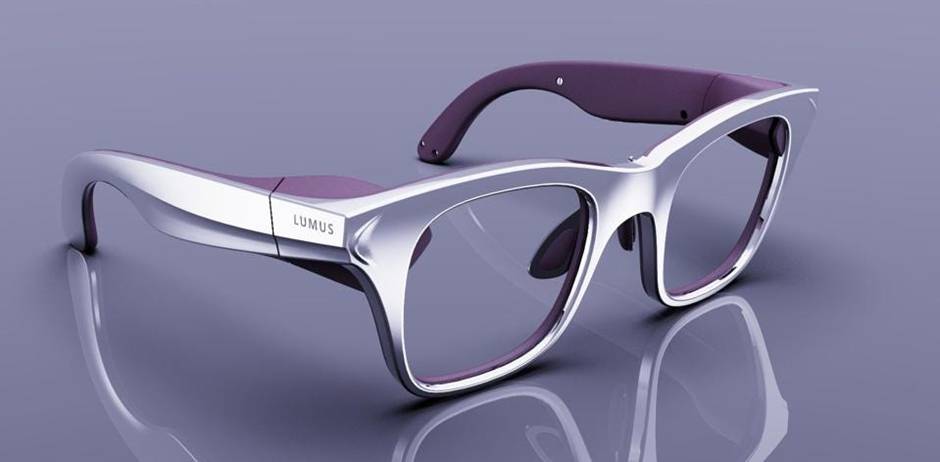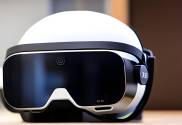
Dreaming Big: What Could Meta’s AR Glasses Look Like Upon Their 2027 Launch?
Wearing glasses as part of everyday life is currently the sole domain of those that require corrective treatment for low vision. This could change significantly in the next couple of years after tech giant Meta recently announced the roadmap ahead of its plans to release its first fully-fledged Augmented Reality (AR) glasses in 2027. Tech fans have begun to excitedly speculate about their appearance; here’s what we know so far.
What is Augmented Reality (AR)?
Augmented reality, known as AR, is a cutting-edge technology that blends digital components, often with 3D visuals, with an individual’s real-world surroundings. Although still in its infancy, AR is being investigated for use in several real-world industries to help people make more informed decisions in business and create fully-immersive alternative worlds in the gaming and entertainment spheres.
Elements delivered by AR include visuals, sounds, and other sensory information through the use of an interactive device such as a smartphone. However, many big tech companies, such as Meta, believe that glasses will be the future of AR since they allow AR components to be easily overlaid on an individual’s surroundings. Currently, several AR-enabled mobile games are available, the most popular of which is Pokemon Go.

(Image Source: Forbes)
Meta and Project Nazare
Project Nazare is the name for Meta’s AR glasses’ design, development, and creation. Recent developments, such as the recently-announced partnership with Ray-Ban, have added credence to an all-too-readily dismissed project for some.
Indeed, Project Nazare takes Facebook’s concept of building a system that projects holograms into real-world surroundings via glasses and turns it into reality. The glasses will interact with cloud-based servers to transform real-life people into moving 3-D avatars and allow users to interact with the metaverse in real-time. Although under development under the guise of Project Nazare, Meta has yet to decide on the final name for the product due for market release in 2027.
What Could the Glasses Look Like?
While there is plenty of scope for the design of the glasses to change as development progresses, Meta Supremo Mark Zuckerburg has provided some detail on what their glasses might look like.
In short, the glasses frames are expected to be approximately 5mm thick, which compares favourably with most prescription glasses with frames between 2 and 6mm thick. Considering that 64 percent of those needing vision correction wear glasses, this means that wearers will be able to enjoy a familiar feeling when wearing the eyewear without the fear of looking ridiculous. This is where Ray-Ban’s expertise comes to the fore.
Metaverse companies, including Meta, have struggled to make wearable devices comfortable and stylistically appealing. Early iterations of the Ray-Ban Stories, the frames earmarked for the collaboration with Meta, look exactly like regular, stylish sunglasses yet will have the capability to take the wearer into a completely new digital realm.
In addition to having a familiar feel and look, the glasses will have sensors, speakers, radios, and cameras within the frames to provide the user with an unbelievably fully-immersive experience.

(Image Source: Facebook)
What Can Users Expect from AR Glasses?
The glasses are intended to be fully immersive instead of viewing a virtual world through a lens or goldfish bowl. Project Nazare’s advanced hologram display will allow digital and real-world realities to merge into a brand-new singular world.
Project Nazare will provide the digital world with a giant leap forward in wearable smart devices thanks to its powerful and robust sensors and processors, enabling two-way communication with other device wearers.
While wearers will have to balance their technical aspirations with the capability of technology, the Ray-Ban Stories already contains some impressive levels of hardware in a tiny space. With two 5MP cameras supporting still images and video, more than 500 pictures and 30 x 30-second videos can be stored.
A three-way microphone set-up on these glasses detects voices, and when the glasses hear the words “Hey Facebook,” they’ll await a command. For those nervous about using voice activation in public, the glasses will have physical controls to capture photos or videos. A front-facing light turns on when the cameras assist with image quality.
Meta’s Next Steps for Project Nazare
What’s next on the Project Nazare roadmap? With the partnership with Ray-Ban signed and sealed, developers are racing to deliver the first-gen glasses for testing as early as 2024, with further iterations due as more technological developments are rolled out before the proposed public market launch in 2027.
Mark Zuckerburg has earmarked the launch of Meta’s AR glasses as the company’s iPhone moment, which will spring the company out of the shadow of Google and Apple. Questions have been raised about the AR glasses’ price compared to its $299 Quest VR headset. To help launch Project Nazare onto the public market, Meta is expected to subsidize the price to encourage adoption among the innovative device-buying public. The extent to which Zuckerburg is willing to do this will likely determine whether thousands or millions of consumers take up this exciting new technology.





